Samsung PS51E8000 Review
Samsung PS51E8000
Panasonic has already set the plasma TV bar high for 2012. Can Samsung’s flagship keep up?
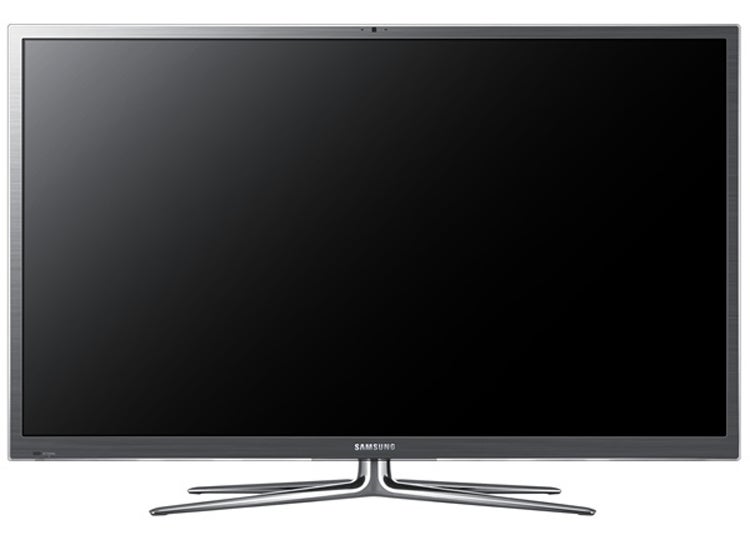
Verdict
Pros
- Excellent online service
- Innovative control systems
- Very good pictures, especially with 3D
Cons
- Gesture control system could be better
- Black level not as deep as Panasonic plasma's
- Some motion issues
Key Specifications
- Review Price: £1699.99
- 51in plasma TV
- Active 3D playback
- Smart TV online features
- Built-in camera
- Gesture, voice and touchpad control systems
Despite its clear preference for LED technology, Samsung also delivered some Panasonic-threatening plasma TVs last year. Unfortunately for Samsung, though, on the evidence of the recently reviewed Panasonic P50ST50, Samsung’s 2011 ‘gap-closing’ efforts have merely spurred the Japanese brand to an even higher level of plasma achievement.
Which raises one simple question for the Samsung PS51E8000 flagship 2012
plasma TV before us today: has Samsung managed to bring its plasma tech
forward enough again to keep up with its greatest plasma rival?
Jump To:
Multimedia Features
Smart TV Features
Dual Core Processor
Bad News
3D Crosstalk
Verdict
Related: More TVs over £1,200
Design
wise there’s an immediate shock. For while the PS51E8000 is certainly
attractive in its grey bezel and slim see-through outer trim, we
marginally prefer the looks of Panasonic’s P50ST50. This is startling
news indeed given the two brands’ past histories where design is
concerned.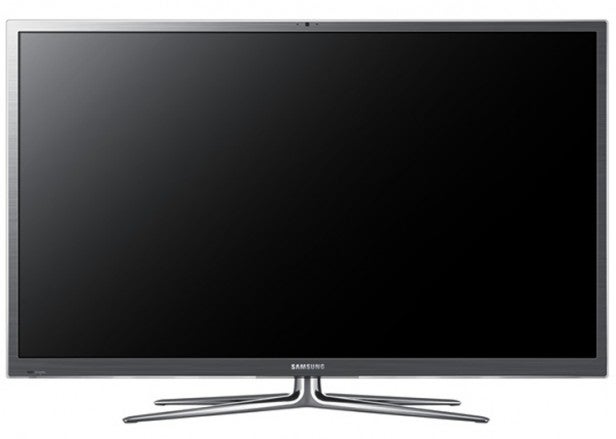
The PS51E8000’s connections are mostly beyond reproach. The HDMIs are all built to the 3D-friendly v1.4 standard, with one of them additionally supporting an audio return channel (though there are surprisingly only three HDMIs rather than four). There’s also a D-Sub PC port, and a trio of USBs for either playing back video/photo/music files, or for recording from the built in Freeview HD or (non-Freesat) satellite tuners to USB hard drives.
As part of Samsung’s flagship 8000 series, the PS51E8000 is additionally fully geared up to integrate into your home network, either via LAN or its built-in Wi-Fi system.
A World Of Multimedia
The rewards for bothering to get the TV talking to your network are considerable. For starters, if you’ve got any DLNA PCs attached to that network, you’ll be able to stream in to the TV any compatible multimedia files the PC might house. Or you can take the TV online, either to the world at large via an open Web browser, or through Samsung’s ‘ringed garden’ Smart TV service.
The presentation of Samsung’s Smart TV interface is much stronger than it was last year, thanks to higher-resolution graphics and a more friendly layout. The amount of different sources and content you can access direct from the so-called Smart Hub ‘home screen’ is prodigious, and the way it gives pretty much equal weight to interactive/multimedia services and standard tuner/AV input sources makes perfect sense in today’s world.
Also sensible but nonetheless cutting edge are Samsung’s attempts to reinvent the way we control our TVs. For while the PS51E8000 ships with a normal remote control, it also accepts voice controls, gesture controls, and comes with a second remote with a touchpad section for faster, more natural navigation around content-rich, relatively unstructured pages such as those you find on websites.
We’ve looked at these control systems in detail in a previous feature, so here we’ll restrict ourselves to saying that while none of the trio of new control approaches is without its flaws, overall we found ourselves using combinations of all of them pretty routinely.
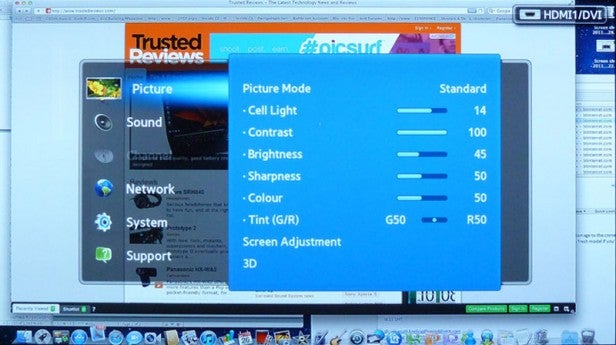
The gesture control system has clearly been improved, moreover, since we wrote the aforementioned Smart Control article. It doesn’t come on accidentally nearly as often as it did originally, and it’s also a little more sensitive to small hand movements. It’s worth making the point, too, that the gesture control system allows you to control the TV even if you can’t find either of the main remote controls. That said, gesturing remains the new control system we feel least happy using.
Content is king?
The content on Samsung’s Smart TV system has been expanded too. As well as an abundance of new ‘c-list’ app trivialities, there’s now Netflix support and three completely new service sections. The most useful of these is the Family Zone, which allows you to set up a photo and message-sharing network with other family members – so long as those other family members have a new Samsung TV, or the upcoming Family Zone app on their Android device or PC.
The Fitness Zone, meanwhile, allows multiple members of your household to follow training regimes organised around a wide selection of fitness videos that run to various lengths and carry different calorie-burning values. Making this zone more addictive are various charts and graphs showing your fitness progress.
The final new Samsung Smart TV zone is aimed at kids, and provides a collection of child-friendly videos plus a virtual rewards sticker book parents can use to bribe their children into behaving themselves. This section is rather underdeveloped right now, but will doubtless expand over time.
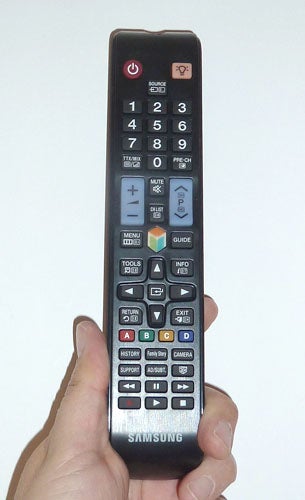
Aside from one or two crashes that may have had more to do with our network loads than any flakiness in the Samsung’s infrastructure, in presentational and content terms Samsung’s Smart TV system is ultimately hard to beat. Though it might not be a bad idea if Samsung focussed on quality content in future rather than just piling on more and more low-quality second-tier apps.
Two cores are better than one
The PS51E8000 uses dual-core processing technology like its LED-based siblings, which as well as speeding up multimedia, control response and Smart TV services also allows the TV to be upgraded using Samsung’s new Smart Evolution technology. Details on this are currently vague, but in principle it lets you attach Evolution ‘kits’ to improve picture quality, boost processing speed, and even add more content and features.
The dual-core processing should also boost picture quality, as it allows the set to operate its processing algorithms more quickly and thus effectively.
That said, the PS51E8000 still uses 600Hz subfield driving rather than the 1000Hz and higher figures being claimed for some of Panasonic’s 2012 plasma TVs. This may impact some aspects of the Samsung’s motion handling and, possibly, its colour gradation during 3D viewing. But hopefully we won’t see anything very problematic.
As we would expect, the PS51E8000 does boast Real Black Pro technology, which in previous Samsung plasma generations has been responsible for a truly marked increase in black level response versus panels that don’t carry the feature.
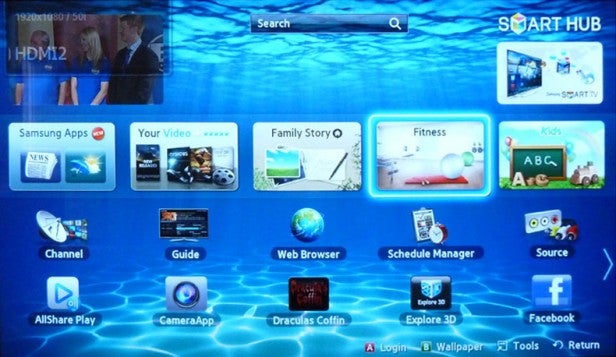
Having said that, though, it’s apparently fairly quickly as we start testing the PS51E8000 that while very good by the standards of the TV world at large, its black levels are not as profound as those of the latest Panasonic plasmas. There’s a touch of greyness over very dark scenes compared with the almost total blackness now achieved by Panasonic.
The PS51E8000’s 2D pictures also don’t look quite as punchy in colour or brightness terms as those of Panasonic’s latest plasmas – or, at least, the P50ST50 we’ve already tested. Samsung has provided a Vivid mode that counters this problem, but unfortunately it just makes the picture look ‘shouty’ with 2D, and so isn’t something we felt comfortable watching for very long.
Panasonic’s ‘dynamism’ advantage when using realistic picture settings is likely down to the Japanese brand’s latest panel design managing to deliver more brightness from less power.
Bad News
We might as get all the bad news about the PS51E8000’s pictures out of the way in one hit. So finally, in 3D mode the set doesn’t handle motion particularly brilliantly. Without the set’s Film Mode active, 3D motion looks noticeably juddery. Yet if you do call in the Film Mode, motion tends to look slightly unnatural and processed.
Right, it’s high time we got into the PS51E8000’s good points, lest you start thinking this TV isn’t excellent (which it actually is).
The biggest highlight of its performance is its HD 3D pictures. We’re already becoming accustomed to seeing quantum leaps forward in 3D performance from 2012 TVs, but there are times when the PS51E8000’s 3D pictures are genuinely the best we’ve seen. The key to their success is a combination of stunning detail levels with a sense of 3D space and depth that’s so stable, accurate and natural that we honestly felt as if we were seeing some of our favourite 3D testing scenes – such as When Will My Life Begin sequence in Tangled – for the first time.
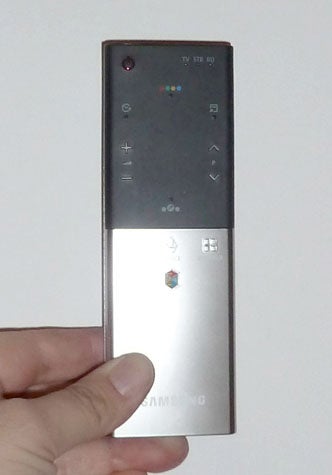
Playing a large part in the superb ‘3Dness’ of 3D images is the impressive brightness and punch the PS51E8000 retains even when you’ve got a pair of Samsung’s latest 3D glasses on. Or at least this is the case if you make sure you use the Vivid preset in 3D mode, for the other presets tend to look startlingly muted by comparison. (Remember to switch back out of Vivid for 2D viewing, though!!)
The PS51E8000’s hugely impressive 3D efforts benefit, too, from the TV’s general freedom from crosstalk ghosting noise. For the vast majority of your 3D viewing time, crosstalk is non-existent, only generally cropping up over relatively distant bright objects if they appear against very dark backgrounds. The Mother Knows Best and infamous Lantern Festival sequences from Tangled being two examples where just occasionally some ghosting does appear.
No Crosstalk Here
‘Bright on bright’ crosstalk, though, such as that which can trouble so many active 3D TVs when showing the Golden Gate Bridge sequence in Monsters Vs Aliens, is just not an issue on the PS51E8000.
While the PS51E8000’s 2D pictures aren’t as stand-out great as its 3D ones, due to the slight flaws noted earlier, they’re still very good. HD images look extremely sharp and clean, for instance, with their detailed nature being emphasised by the set’s impressive contrast range.
Motion is more effectively handled than in 3D mode too, with less judder and a generally more natural feel. The set’s dual-core ‘engine’ comes in handy when it comes to upscaling standard definition, too, which appears on the PS51E8000 with impressive sharpness and good suppression of noise – without the image starting to look over-smooth or any heavy duty noise reduction processing being required.
Colours are effectively handled by the PS51E8000 too, so long as you avoid the oversaturated (for 2D) Vivid preset, even managing to avoid the usual common plasma pitfalls with reds and greens whereby reds can look orange and greens can look dingy and over-dominant.
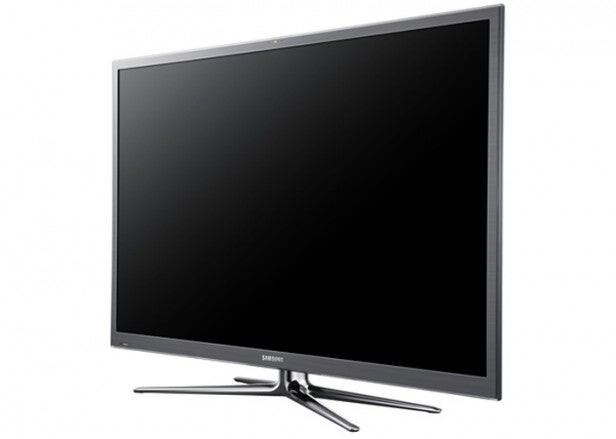
Colour tones aren’t as aggressively vibrant as they are on practically all LED TVs these days. But their restrained naturalism is sure to appeal to serious AV enthusiasts – which has us wondering again why Samsung doesn’t join LG and Panasonic in pursuing THX endorsement for its high-end plasmas.
Finally, it’s even more obvious in 2D mode than it is with 3D that while the black level response of the PS51E8000 isn’t on a par with Panasonic’s latest plasma efforts, it’s still very deep by the standards of the flat TV world generally. Even better, the darkness does not come at the expense of shadow detail as we would expect with any LCD technology, and plasma’s nature means there’s no sign of the sort of backlight consistency flaws that trouble almost all edge LED TVs to some extent.
The PS51ES8000 partners a mostly memorable picture performance with some very respectable audio. There’s noticeably more richness and openness to the soundstage than you get with Samsung’s ultra-skinny LCD TVs, and there’s even a hint of bass to underpin such movie stalwarts as explosions, gunfire and James Earl Jones voiceovers.
Wrapping the PS51E8000’s charms up is an impressively low input lag figure of around 33ms, which is low enough to leave your gaming skills relatively undamaged.
Verdict
We felt sure when we tested its P50ST50 that Panasonic had set a very high bar for 2012 plasma technology. So it’s not entirely surprising to find that even Samsung’s new flagship plasma set doesn’t manage to scale the same picture heights, at least in 2D mode.
Considered against most other TVs, though, the PS51E8000‘s 2D pictures are never less than a great watch, especially if you can control the lighting in your room.
Also, even though they suffer marginally more with crosstalk, we found ourselves frequently preferring the PS51E8000’s 3D pictures to those of the Panasonic P50ST50. Plus Samsung gives you two pairs of 3D glasses free with the PS51E8000 while Panasonic doesn’t give you any with the P50ST50, and Samsung’s Smart TV offering currently has much more going on than Panasonic’s.
To try and sum all this up, if you’re a 2D picture purist, Panasonic has the edge, while if you want startling 3D and an unparalleled ‘Smart’ experience, you ignore the PS51E8000 at your peril.
How we test televisions
We test every TV we review thoroughly over an extended period of time. We use industry standard tests to compare features properly. We’ll always tell you what we find. We never, ever, accept money to review a product.
Trusted Score
Score in detail
-
Features 9
-
3D Quality 9
-
Value 8
-
Design 8
-
2D Quality 9
-
Sound Quality 8
Features
| Size (Inch) | 51in |
| Display Type | Plasma |
| Max. Resolution | 1920 x 1080 |
| Full HD 1080p | Yes |
| Digital Tuner | Yes |
| Freeview HD | Yes |
| Freesat HD | Yes |
| 3D Ready | Yes |
| Refresh Rate (Hertz) | 600 (via sub-field drive)Hz |
Connectivity
| HDMI | 3 (v1.4) |
| Component | 1 |
| Composite | 1 |
| Scart | 1 (RGB) |
| Digital Audio Out | 1 (optical) |
| Headphone | 1 |
| Charging/Computer Connection | 3 |
| Ethernet | 1 |
| WiFi | Yes (built-in) |
Physical Specifications
| Height (Millimeter) | 713mm |
| Width (Millimeter) | 1193mm |
| Depth (Millimeter) | 48.1mm |
| Weight (Gram) | 21.3g |

